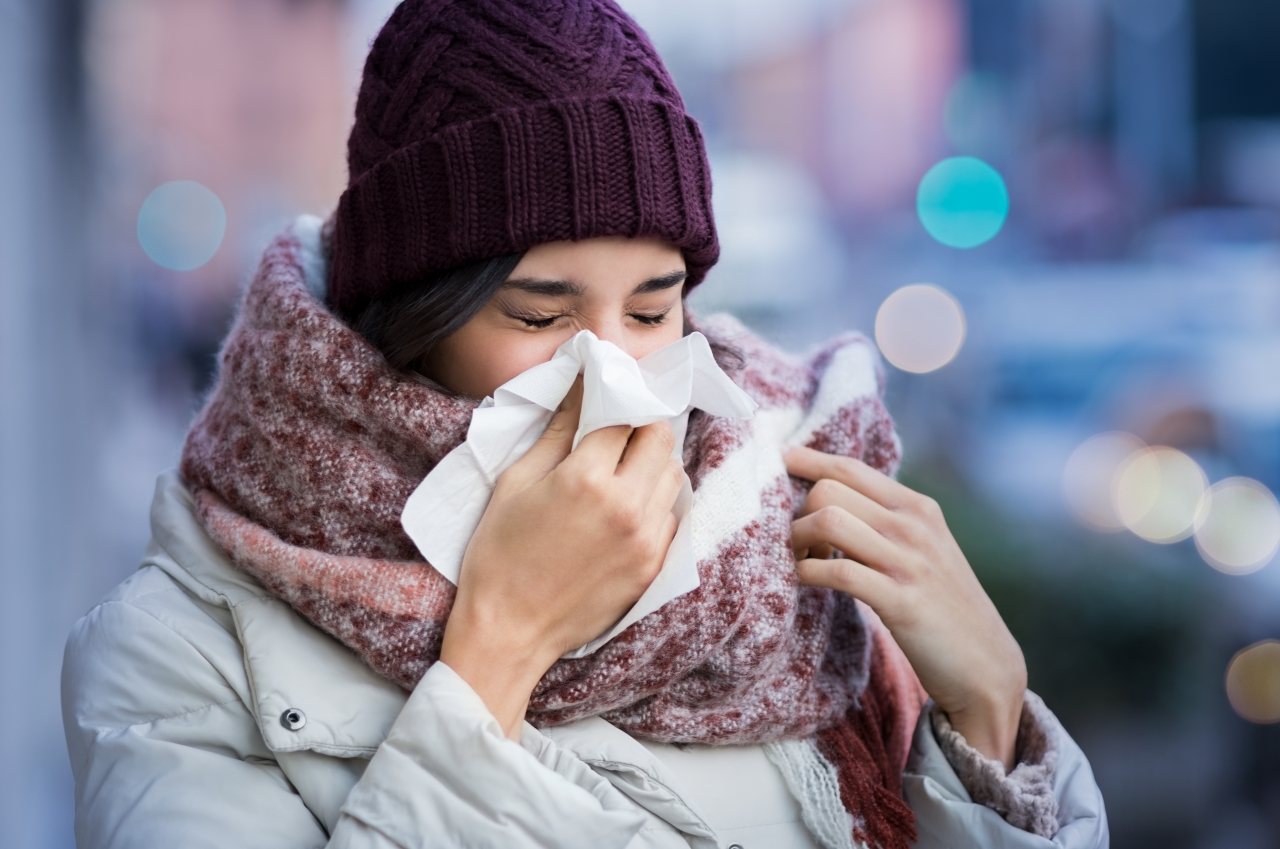Waterfowl Hunters and the Avian Flu: What you need to know
- Read original article here

Waterfowl Hunters and the Avian Flu: What you need to know
Frequently asked questions for duck and goose hunters regarding High Pathogenic Avian Influenza (HPAI)
© John Hoffman, DU
The following set of talking points was provided to staff and volunteer leadership of Ducks Unlimited Inc., Ducks Unlimited Canada and Ducks Unlimited de Mexico, to address questions regarding High Pathogenic Avian Influenza (HPAI).
What is Avian Flu?
Avian flu (bird flu) is a common, naturally occurring virus in birds that has many forms or subtypes.
Scientists believe all birds are susceptible to infection by some form of avian flu. Some birds, like waterfowl, can be infected with the virus but develop no signs of illness.
Birds become infected through direct contact with secretions or feces of infected birds, contaminated surfaces, or infected food and water supplies. It also may be possible for wild birds to transfer the virus by their feet, feathers or dander.
How severe is Avian Flu?
The severity of avian flu varies based on the subtype of the circulating virus and is classified as either low pathogenic avian influenza (LPAI) or high pathogenic avian influenza (HPAI).
Most avian flu subtypes are LPAI and cause little or no signs of illness in domestic or wild birds and pose no threat to human health. These subtypes are found every year in waterfowl.
The subtype responsible for the outbreak that began in 2021 is highly pathogenic, and thus is of heightened concern.
What are the signs of High Pathogenic Avian Influenza?
HPAI symptoms in wild birds can include: nervousness, tremors or lack of coordination, swelling around the head, neck and eyes, lack of energy or movement, coughing, gasping for air or sneezing, diarrhea, or sudden death. However, wild birds, particularly waterfowl, infected with HPAI may be asymptomatic.
Are there risks to humans from HPAI?
The risk of catching avian flu from wild birds is very low; however, hunters and people who prepare and cook wild birds are encouraged to follow safe food handling practices, as outlined via government health agencies.
Avian flu does not pose a food safety risk when wild or domestic poultry products are handled and cooked properly.
Are there concerns for the poultry industry?
Domestic poultry have no natural immunity to HPAI, and so experience nearly 100% mortality when infected. High concentrations of domestic birds facilitate transmission throughout poultry barns. These vulnerabilities mean that HPAI can have devastating economic consequences to the poultry industry and protein supply chain.
Prevention, preparedness and response efforts are operated by government agencies (US Department of Agriculture Animal and Plant Health Inspection Service, Canadian Food and Health Inspection Agency, Mexican National Service of Health, Safety and Agrifood Quality) including strict biosecurity efforts to reduce the introduction of HPAI into poultry flocks.
Waterfowl, and many other wild bird species, are sources of viral spread over short and long distances and have a potential role in poultry infections.
Poultry outbreaks are often due to the lack of and/or adherence to existing biosecurity protocols. Although waterfowl have been widely implicated to be a principal reservoir of infection for poultry flocks, the science around transmission of virus between poultry operations and wild birds or other mechanisms (e.g., indirect exposure, airborne, wildlife trade) is currently inconclusive.
How is Ducks Unlimited responding to HPAI?
We recognize that HPAI is a major concern to the domestic poultry industry but at present is considered a low-risk human health concern.
We monitor avian flu developments from the lead natural resource and human health agencies in North America and across the world.
We direct all queries to the lead government agencies.
We join many other organizations world-wide to strongly oppose the culling of wild birds and the draining of wetlands as a means of controlling avian flu.
Important Links
Images Powered by 
